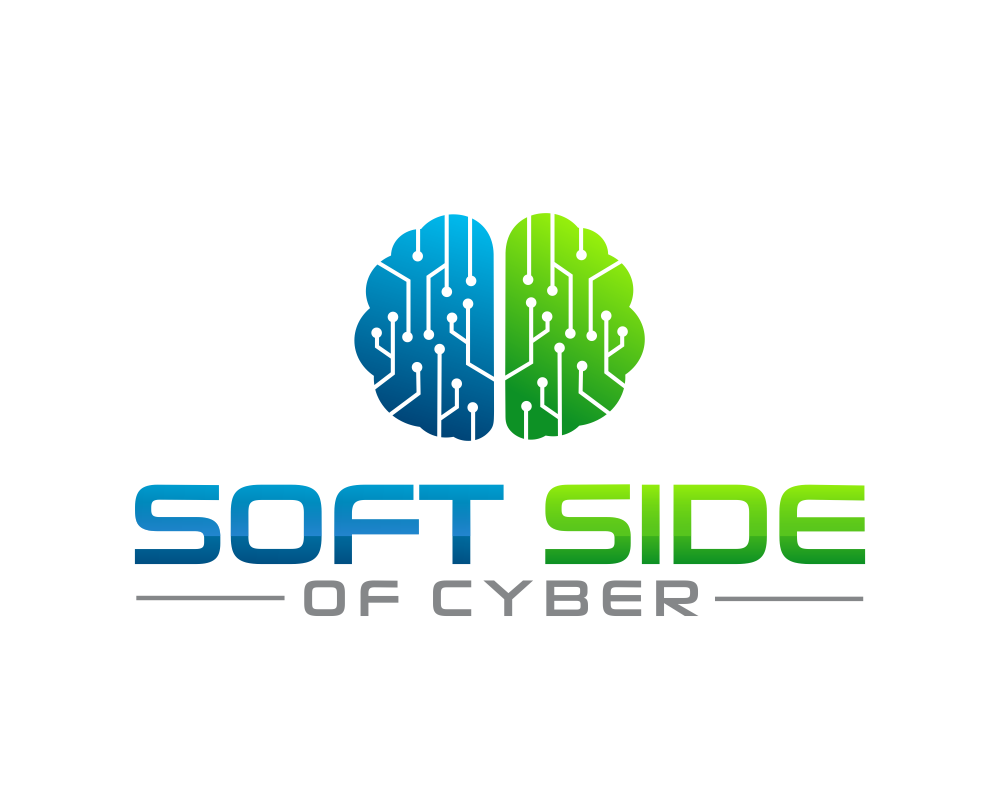
Write Like a Pro: 7 Tips for Better Cybersecurity Reports
In today's digital age, cybersecurity is more important than ever. As cyber-attacks become more sophisticated and frequent, the need for highly skilled cybersecurity professionals who can protect organizations from malicious actors has never been greater. But, as we've been preaching, technical expertise is not the only skill required to be a successful cybersecurity analyst. Effective communication is just as critical as analysts must be able to clearly and concisely articulate their findings and recommendations to a wide range of audiences, from technical experts to executives and beyond.
Unfortunately, many struggle with writing, leading to miscommunication, confusion, and costly mistakes. Yet, effective writing is essential for success in cybersecurity, where the stakes are high, and the consequences of failure can be severe. By following best practices for better writing, we can improve our communication skills and become more effective at protecting our organizations from cyber threats. Let's explore some essential tips and strategies that we can use to improve our writing and enhance its overall effectiveness.
Check out our quick reaction video to this article below.
7 Writing Tips
1. Know your audience
The first step to writing effective cybersecurity reports is to know your audience. Who will be reading your report? Will it be technical experts, executives, or both? Understanding your audience will help you tailor your writing style and language to their needs.
2. Keep it Simple
One of the most common mistakes I see is using overly technical language that is difficult for non-technical audiences to understand. Instead, try to use clear, concise language that is easy to read and understand. For example, use bullet points and headings to break up text and make it more accessible.
3. Just the Facts
Cybersecurity reports should be based on hard evidence and facts, not speculation or assumptions. Stick to the facts and avoid making claims that can't be backed up with evidence. Use data to support your claims and conclusions. Visualizations that can easily explain the data are even better.
4. Use Active Voice
Using active voice can make your writing more engaging and easier to follow. Active voice focuses on the subject acting, whereas passive voice focuses on the object being acted upon. For example, "The hacker stole the data" is active voice, whereas "The data was stolen by the hacker" is passive voice.
5. Avoid Jargon
Avoid using technical Jargon and acronyms that your audience may not be familiar with. Instead, use plain language that is easy to understand. If you must use technical terms, define them clearly so your readers can follow along. Writing and communicating more broadly is about understanding. If there are fundamental parts of your work that your readers don't or won't understand, it's not effective communication.
6. Provide Context
When presenting findings or recommendations, be sure to provide context so that your audience understands the significance of your presentation. What are the implications of your findings? How will the recommendations impact the organization? Providing context will help your audience understand the importance of your report.
7. Proofread
Finally, be sure to proofread your report carefully. Spelling and grammar errors can undermine your credibility and make it difficult for your audience to take you seriously. Use spellcheck and grammar tools to catch mistakes, and consider having a colleague or editor review your report before finalizing it.
Concluding Thoughts
Effective writing is a crucial skill for cybersecurity professionals and can make the difference between success and failure. As the cybersecurity landscape continues to evolve and threats become more sophisticated, we must be able to communicate our findings and recommendations clearly and effectively. By following the best practices for better writing outlined in this article, we can ensure that our messages are received, understood, and acted upon, which will help us meet our larger goal of protecting our organizations from the increasing threat of cyber attacks.


